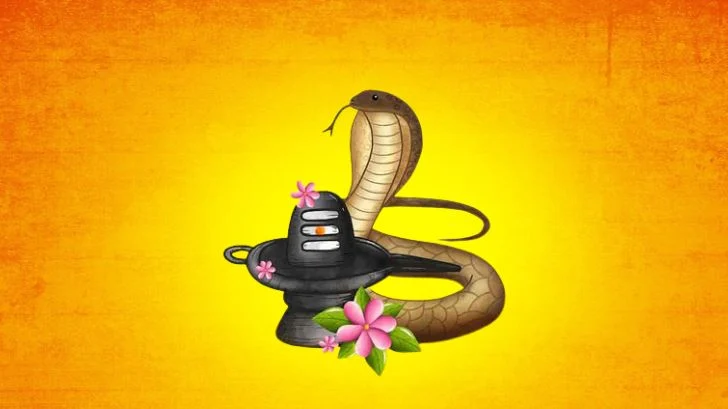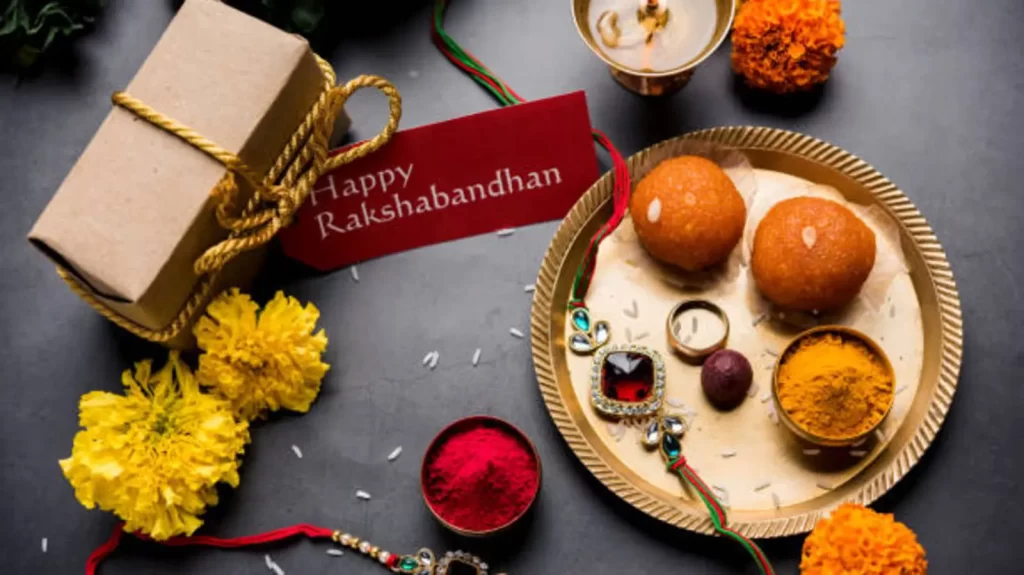August (Shravan-Bhadrapad)
Sindhara Teej

This is a hindu festival observed by the women in the north indian states like Rajasthan, Uttar Pradesh, Madhya Pradesh, Bihar and Jharkhand. Women wear colorful attires on this auspicious day of Sindhara Teej and adorn their hands and feets with henna and wear colorful bangles. The women sing devotional songs and offer prayers to Goddess Parvati and Lord Shiva to celebrate this festival. This is a day when women express their happiness and pray to Goddess Parvati and God Shiva to seek their blessings.
The day of sindhara teej signifies the suffering through which Goddess Parvati had to go through.
The festival of Sindhara Teej falls on Shukla Tritiya in the month of Shravan and it usually falls on two days before the date of Nag Panchmi. And the date of this festival varies every year. If this festival of Sindhara Teej falls on two days of Shravan month .
All the married women pray for the longtivity and well being of their partner. While, unmarried women worships Goddess Parvati to find themselves a perfect soulmate, the one with whom they can share their entire life. This festival also marks the arrival of moonson providing us the relief from that heat of the summers that bothers us all and also rejuvenated the fields. This festival is also called by the name of Hariyali Teej
Some married women observes nirjala vrat for the a wonderful marital bliss. Impressive delicacies are prepared and offered to Lord Shiva and Goddess Parvati on this festival of Sindhara Teej.
There is a continous three days celebration of this festival in the region of Rajasthan. The tourists from other countries also visit the cities to enjoy the festival’s celebrations and rituals and participates in the events.
Naag Panchami

According to Garuda Purana offering prayers to snake on this day is auspicious and will usher good tidings in one’s life. This is to be followed by feeding Brahmins . In the Mahabharata epic, Janamejeya, the son of King Parikshit of Kuru dynasty was performing a snake sacrifice known as Sarpa Satra,.
Nag Panchami is celebrated throughout India; however, more festivities are seen in the south than in the north.
The village of Baltis Shirale, which is situated approximately 400 kilometers (approximately 250 miles) from Mumbai, conducts the most outstanding of all the celebrations.
Other popular areas of Nag Panchami include-* Adiesha Temple in Andhra Pradesh ,* Nagaraja Temple in Kerala, * Nagathamman Temple in Chennai, * Hardevja Temple in Jaipur.In Bengal and parts of Assam and Orissa the blessings of Mansa, the queen of serpents are sought by offering her all the religious adoration. In Punjab Nag-Panchami is known by the name of “Guga-Navami”.
In Maharashtra, Hindu women take an early bath wear their “nav-vari” – nine yards-sarees, put on ornaments and get ready for the “puja” of Nag-Devata. Snake charmers are seen sitting by the roadsides or moving about from one place to another with their baskets that hold dangerous snakes that are their pets. While playing the lingering melodious notes on their flutes, they beckon devotees with their calls -“Nagoba-la dudh de Mayi” (give milk to the Cobra Oh Mother!) On hearing that call, women come out of their houses and then the snake-charmers take out of the snakes from their baskets. Women sprinkle haldi-kumkum and flowers on the heads of the snakes and offer sweetened milk to the snakes and pray. Cash and old clothes are also given to the snake-charmers. Bowls of milk are also placed at the places which are likely haunts of the snakes.
Elderly women draw pictures of five-headed cobras on wooden planks, recite mantras and pray. The daughters wash the eyes of their fathers with rose flowers dipped in milk and then receive gifts from their fathers. In Hindu homes frying any thing on this day is forbidden by tradition.
It is believed that by observing this fast and by worshipping snake God( Naag devta) on this day he gets pleased and gives his blessings to his devotees. This fast is observed on the Panchami of bright half of month of Shravna. According to Garurh Purana the pictures of Naagas should be drawn on the both side of the house and be worshipped. Same Puja can be done on the Panchami of every month because Panchami Tithi is ruled by Naag Devta.
Raksha Bandhan

Raksha Bandhan is a Hindu festival that celebrates the love and duty between brothers and sisters; the festival is also popularly used to celebrate any brother-sister like relationship between men and women who are relatives or biologically unrelated. It is called Rakhi Purnima, or simply Rakhi, in many parts of India.. It is a prime day to pay homage to the Lord Shiva and there is a great pilgrimage in places such as Gosainkunda, Budhanilkantha, Pashupatinath, Kumbheshwar Temple among others.
Raksha Bandhan symbolizes the sister’s love and prayers for her brother’s well-being, and the brother’s lifelong vow to protect her. The festival falls on the full moon day (Shravan Poornima) of the Shravan month of the Hindu lunisolar calendar.
According to Hindu scripture Bhavishya Purana, in the war between Gods and demons, Indra – the deity of sky, rains and thunderbolts – was disgraced by the powerful demon King Bali. Indra’s wife Sachi consulted Vishnu,
- The historic sister and Brother Rakhi Relations are-
King Bali and Goddess Laxmi
Krishna and Draupadi
Yama and the Yamuna
Alexander the Great and King Puru
Rani Karnavati and Emperor Humayun
Raksha Bandhan is celebrated on Shravan Purnima covering at least three Muhurats but Bhadra should not fall during that time. If Purnima falls on two days and covers three Muhurats on both days then it is celebrated on second day Once the Rakhi has been tied, the sister says a prayer for the well being – good health, prosperity and happiness – for her brother. This ritual sometimes involves an aarti, where a tray with lighted lamp or candle is ritually rotated around the brother’s face, along with the prayer and well wishes.The brother gives his sister(s) gifts such as cards, clothes, money or something thoughtful. The brother may also feed his sister, with his hands, one or more bites of sweets, dry fruits and other seasonal delicacies..
